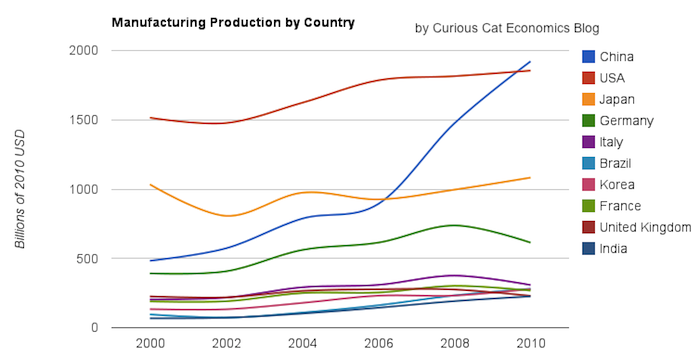Guest post by Evan Durant, author of the Kaizen Notebook blog [The broken link was removed].
I tend to get a little preachy about the importance of value stream maps, but they really can be useful tools not only to plan an improvement effort but also to monitor your progress going forward. In particular they provide a way to quantify the impact of changes to your process. Here’s a real life example as a case in point.
For a particular value stream a team went to gemba, followed the flow of material and information, collected process cycle times, and counted inventory. When everything was mapped and all the data tallied, here was the current state that they came up with:
| Total Lead Time: |
|
16.8 days |
| Process Lead Time: |
|
2.2 days |
| Process Time: |
|
1.9 days |
| Operator Cycle Time: |
|
8.2 minutes |
So what does all this mean? First of all the Total Lead Time represents the amount of time that a new piece of raw material would take to enter the value stream, be worked on, wait around with all the rest of the material in process, and then finally make its way to the customer. This number is usually driven higher by large amounts of in-process inventory caused by pushing between operations.
Second, the Process Lead Time is the amount of time it would take to process a single batch through the process, if it didn’t have to wait behind any other batches. Note that even though parts are processed one at a time through all of the manual operations, a certain amount of batching is required to overcome long machine cycle times in automatic operations. Also we do not ship parts to the customer one at a time, but rather in standard package sizes.
Third, we have the Process Time. This is the total amount of value added time, manual and automatic processing, that a part sees in the value stream.
Finally the Operator Cycle Time (also called manual time) is the amount of actual “touch” time required to make a part. The difference between the Process Time and the Operator Cycle Time is the Machine Cycle Time (also called automatic time). This is when a batch of parts is on a machine that does not require any operator intervention during a cycle. (We have a lot of machine cycle time in this value stream.)
Then the team applied the concepts of flow and pull to reduce overproduction and pace the value stream to the rate of customer demand. The results of the future state map were as follows:
Continue reading →




